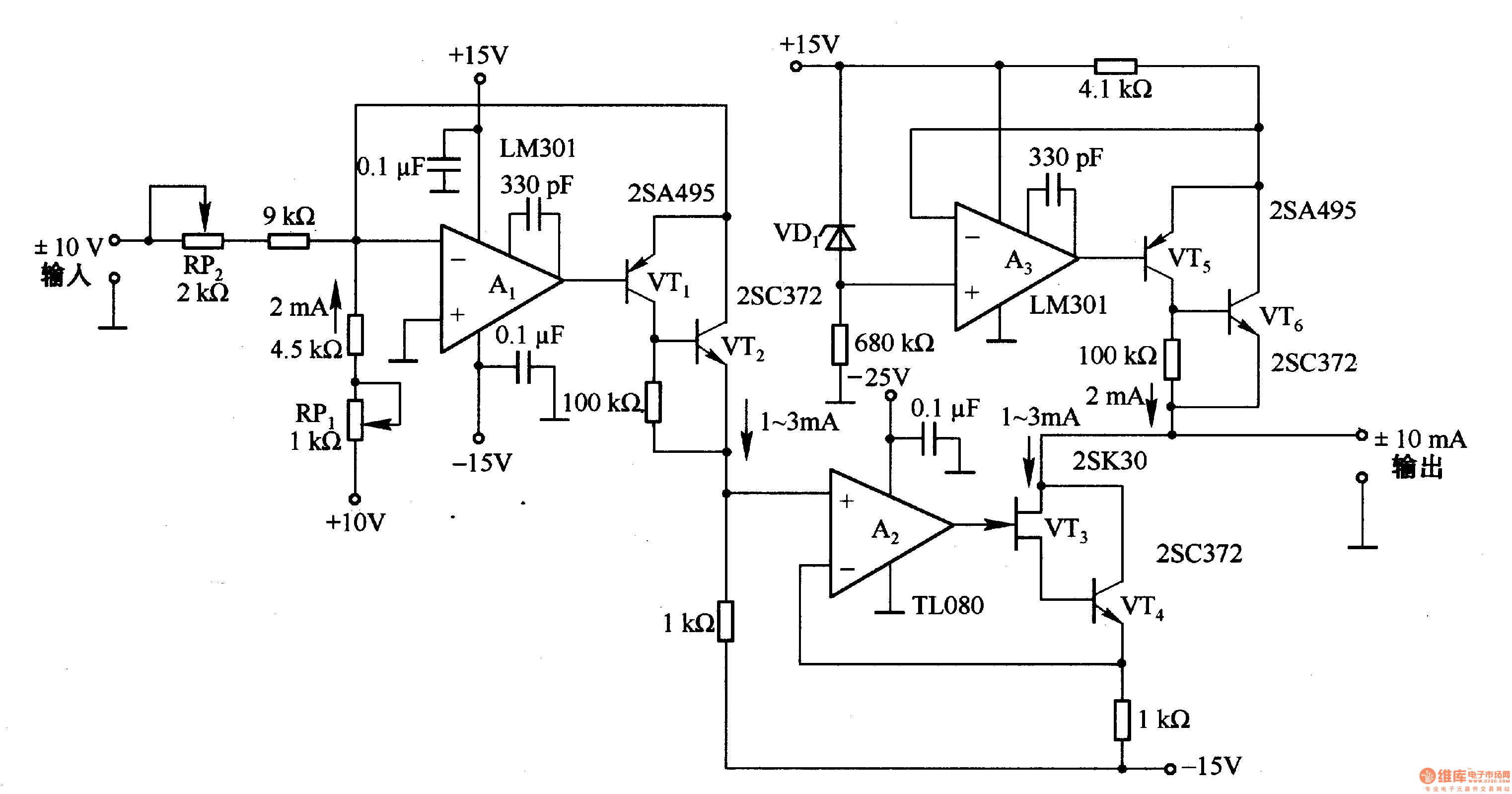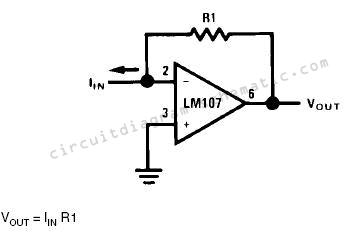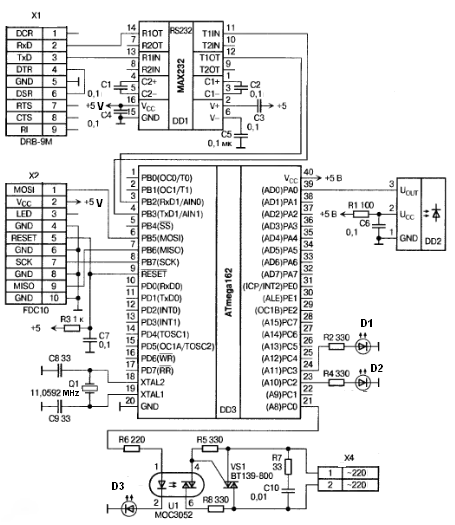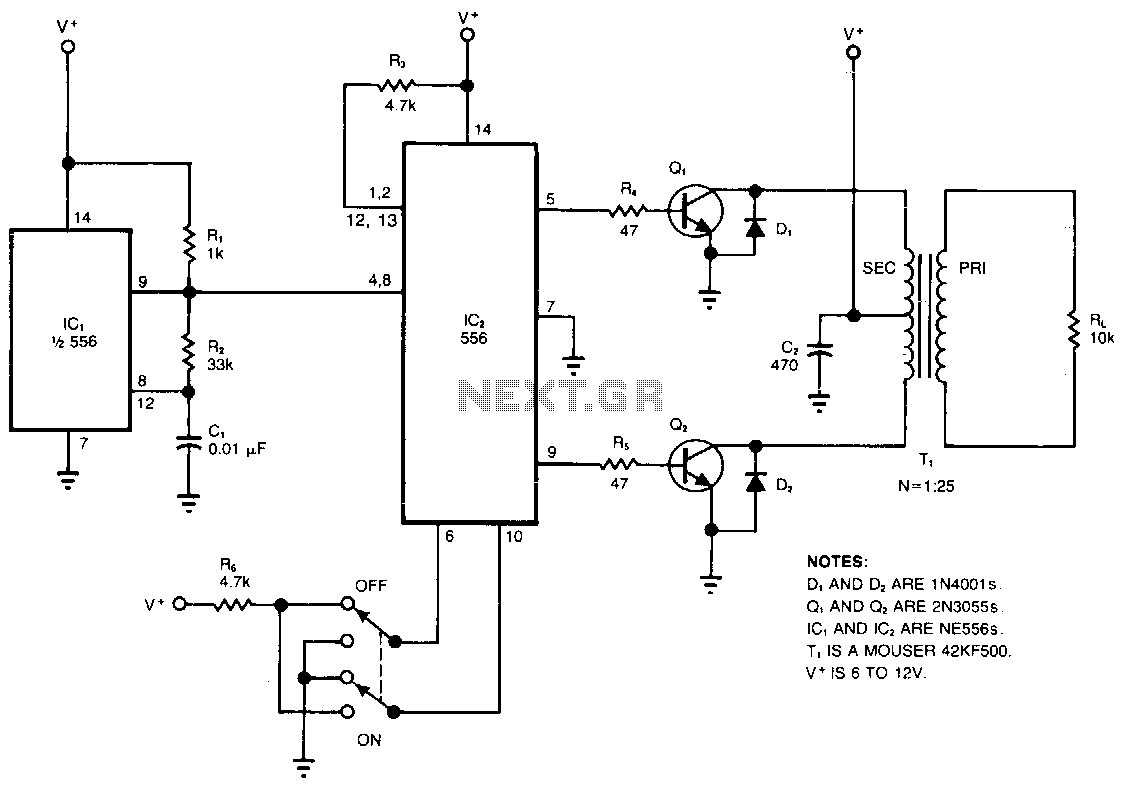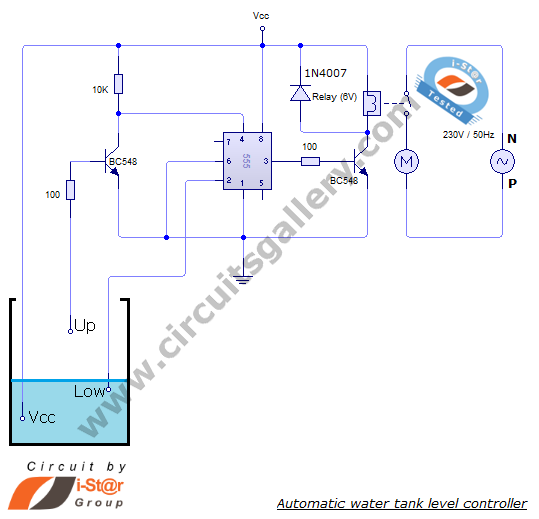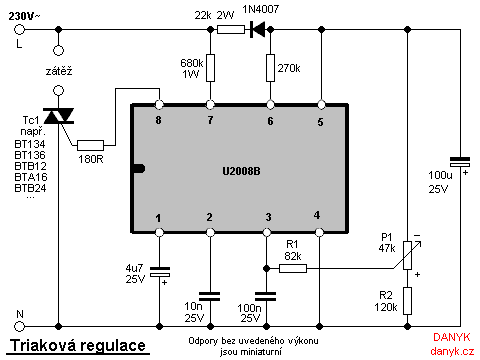
ISL6553 Microprocessor CORE Voltage Regulator 2 Phase Buck PWM Controller
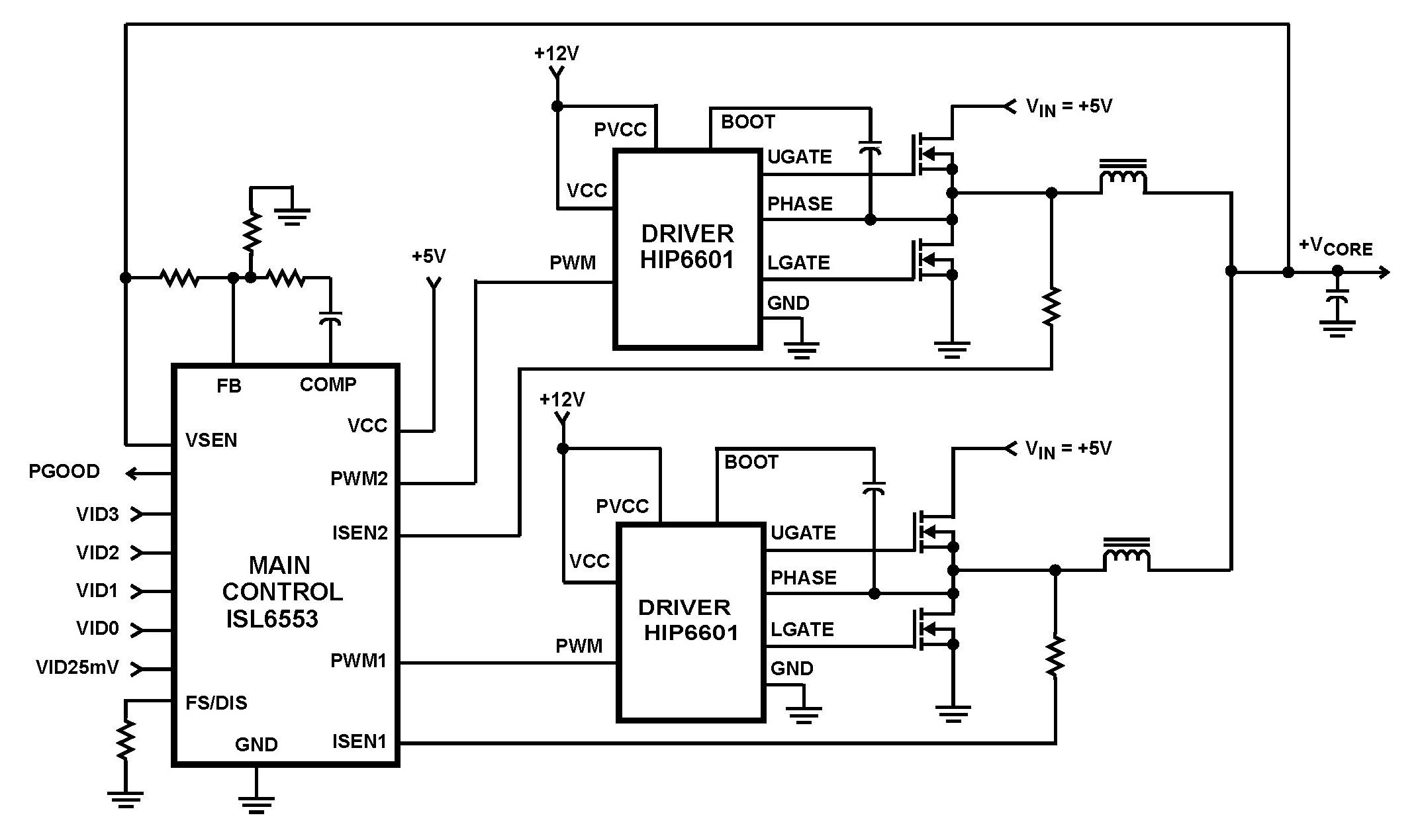
The ISL6553 multiphase PWM control IC, along with its associated gate drivers (HIP6601, HIP6602, or HIP6603), establishes a precise voltage regulation system tailored for advanced microprocessors. Multiphase power conversion represents a significant evolution from traditional single-phase converter configurations, addressing the increasing current demands of modern microprocessors. By distributing power and load current across multiple phases, multiphase converters utilize smaller and more cost-effective transistors, requiring fewer input and output capacitors. This efficiency arises from the elevated effective conversion frequency and the higher frequency ripple current generated by the phase interleaving process inherent to this topology. For instance, a two-phase converter operating at 350 kHz will produce a ripple frequency of 700 kHz. Furthermore, the enhanced bandwidth of this design allows for a quicker response to load transients. Key features of this controller IC include programmable VID codes from the microprocessor, ranging from 1.05V to 1.825V, with a system accuracy of ±1%. The pull-up currents on these VID pins eliminate the necessity for external pull-up resistors. Additionally, "droop" compensation, which mitigates the overshoot or undershoot of the CORE voltage, can be easily programmed using a single resistor. The controller IC also incorporates a PGOOD monitor circuit, which remains low until the CORE voltage reaches within 10% of the programmed voltage during its Soft-Start sequence. An over-voltage condition, defined as 15% above the programmed CORE voltage, triggers the converter to shut down and activates the lower MOSFETs to clamp and protect the microprocessor. An under-voltage condition is detected as well, causing PGOOD to remain low if the CORE voltage drops 10% below the programmed level. Over-current protection limits the regulator's RMS output current to 41% of the specified over-current trip value. These features collectively provide robust monitoring and protection for the microprocessor and the power system.
The ISL6553 is designed to operate efficiently in environments where high performance and reliability are paramount. The multiphase architecture not only enhances thermal performance but also improves power density, making it suitable for compact designs. The interleaving of phases minimizes input and output ripple, which is essential for maintaining the integrity of sensitive microprocessor operations. The programmable VID feature allows for flexible voltage scaling, catering to different microprocessor requirements without the need for additional hardware modifications.
The droop compensation mechanism is particularly advantageous in applications where load conditions can change rapidly, as it ensures that the voltage delivered to the microprocessor remains stable under varying load conditions. The PGOOD signal serves as a critical status indicator, providing feedback for system monitoring and control. The over-voltage and under-voltage protections are crucial for safeguarding the microprocessor against potential damage due to voltage fluctuations, thereby enhancing the overall reliability of the system.
In summary, the ISL6553 multiphase PWM control IC, in conjunction with its gate drivers, offers a comprehensive solution for voltage regulation in advanced microprocessor applications, characterized by its efficiency, programmability, and robust protection features.The ISL6553 multiphase PWM control IC together with its companion gate drivers, the HIP6601, HIP6602 or HIP6603 provides a precision voltage regulation system for advanced microprocessors. Multiphase power conversion is a marked departure from earlier single phase converter configurations previously employed to satisfy the ever increasing current
demands of modern microprocessors. Multiphase converters, by distributing the power and load current results in smaller and lower cost transistors with fewer input and output capacitors. These reductions accrue from the higher effective conversion frequency with higher frequency ripple current due to the phase interleaving process of this topology.
For example, a two phase converter operating at 350kHz will have a ripple frequency of 700kHz. Moreover, greater converter bandwidth of this design results in faster response to load transients. Outstanding features of this controller IC include programmable VID codes from the microprocessor that range from 1. 05V to 1. 825V with a system accuracy of ±1%. Pull up currents on these VID pins eliminates the need for external pull up resistors. In addition "droop" compensation, used to reduce the overshoot or undershoot of the CORE voltage, is easily programmed with a single resistor.
Another feature of this controller IC is the PGOOD monitor circuit which is held low until the CORE voltage increases, during its Soft-Start sequence, to within 10% of the programmed voltage. Over-voltage, 15% above programmed CORE voltage, results in the converter shutting down and turning the lower MOSFETs ON to clamp and protect the microprocessor.
Under voltage is also detected and results in PGOOD low if the CORE voltage falls 10% below the programmed level. Over-current protection reduces the regulator RMS output current to 41% of the programmed over-current trip value.
These features provide monitoring and protection for the microprocessor and power system. 🔗 External reference
The ISL6553 is designed to operate efficiently in environments where high performance and reliability are paramount. The multiphase architecture not only enhances thermal performance but also improves power density, making it suitable for compact designs. The interleaving of phases minimizes input and output ripple, which is essential for maintaining the integrity of sensitive microprocessor operations. The programmable VID feature allows for flexible voltage scaling, catering to different microprocessor requirements without the need for additional hardware modifications.
The droop compensation mechanism is particularly advantageous in applications where load conditions can change rapidly, as it ensures that the voltage delivered to the microprocessor remains stable under varying load conditions. The PGOOD signal serves as a critical status indicator, providing feedback for system monitoring and control. The over-voltage and under-voltage protections are crucial for safeguarding the microprocessor against potential damage due to voltage fluctuations, thereby enhancing the overall reliability of the system.
In summary, the ISL6553 multiphase PWM control IC, in conjunction with its gate drivers, offers a comprehensive solution for voltage regulation in advanced microprocessor applications, characterized by its efficiency, programmability, and robust protection features.The ISL6553 multiphase PWM control IC together with its companion gate drivers, the HIP6601, HIP6602 or HIP6603 provides a precision voltage regulation system for advanced microprocessors. Multiphase power conversion is a marked departure from earlier single phase converter configurations previously employed to satisfy the ever increasing current
demands of modern microprocessors. Multiphase converters, by distributing the power and load current results in smaller and lower cost transistors with fewer input and output capacitors. These reductions accrue from the higher effective conversion frequency with higher frequency ripple current due to the phase interleaving process of this topology.
For example, a two phase converter operating at 350kHz will have a ripple frequency of 700kHz. Moreover, greater converter bandwidth of this design results in faster response to load transients. Outstanding features of this controller IC include programmable VID codes from the microprocessor that range from 1. 05V to 1. 825V with a system accuracy of ±1%. Pull up currents on these VID pins eliminates the need for external pull up resistors. In addition "droop" compensation, used to reduce the overshoot or undershoot of the CORE voltage, is easily programmed with a single resistor.
Another feature of this controller IC is the PGOOD monitor circuit which is held low until the CORE voltage increases, during its Soft-Start sequence, to within 10% of the programmed voltage. Over-voltage, 15% above programmed CORE voltage, results in the converter shutting down and turning the lower MOSFETs ON to clamp and protect the microprocessor.
Under voltage is also detected and results in PGOOD low if the CORE voltage falls 10% below the programmed level. Over-current protection reduces the regulator RMS output current to 41% of the programmed over-current trip value.
These features provide monitoring and protection for the microprocessor and power system. 🔗 External reference
